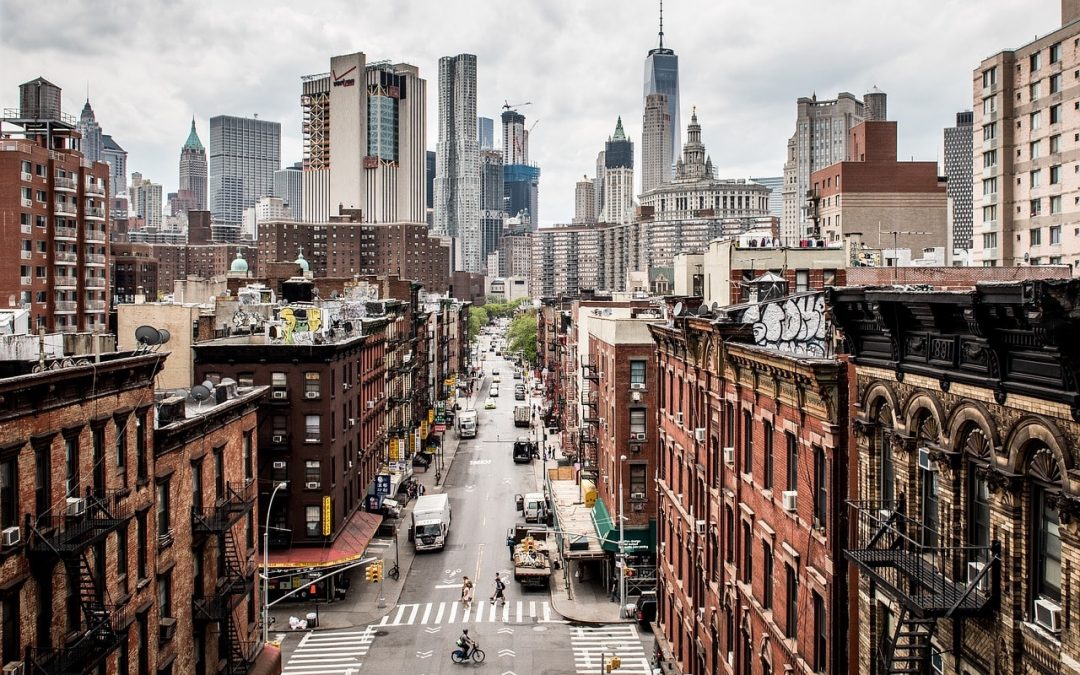New York City sits as one of the top five cities for millennial growth. Trends in both infrastructure and technology are shifting to better cater to that crowd. There are also a handful of organizations that are committed to establishing those luxuries upon a different audience. Selfhelp assists in bringing that revolution to the elderly and immigrant population here in New York City and virtually across the nation.
Selfhelp is unique in the sense that it places an emphasis on creating a stable living experience for every member with the use of a variety of programs.
Where Selfhelp began
Selfhelp is celebrating its 80th anniversary this year. The organization was built on volunteer efforts in 1936 to help those who were fleeing Nazi germany shortly before the Holocaust began. The goal was to help these transplants start stable lives here in the United States.
As more immigrants found their way to the US, it grew tough for men to find jobs because of the lack of training and language barriers. Female immigrants could work almost instantly in home care roles and Selfhelp sought to capitalize on those needs for women. Now Selfhelp has created a home aid training program; partially funded by the Robin Hood program.
The home aid training program was the first learning initiative offered to members. Over time, Selfhelp started to identify more causes that their in-house programs could help with. They also branched out to not only assist Nazi Germany immigrants but the elderly population as well.
The Future of Affordable Housing Starts with Selfhelp
By broadening its audience, Selfhelp has been able to quickly expand. Selfhelp has accommodated more members but they’ve grown to establish new programs too. A good amount of Selfhelp’s resources has been directed towards expanding their affordable housing program. As leaders in affordable housing, Selfhelp wants to further improve the living experience in these buildings as well. They provide a rolodex of services on call: social worker assistance, nurses assigned to each building, health and wellness services, homecare services, and advanced technology usage.
In it’s earliest days, Selfhelp’s affordable housing program was made up of two buildings in Queens, NY built for Holocaust survivors. Now, the affordable housing program is made of nine of these buildings located all across New York City. A major part of Selfhelp’s approach to improving the experience and safety of their homes is through technology. Selfhelp focuses on four main areas of housing technology:
- Sensor technology – Selfhelp uses in-home sensors placed where people tend to interact most in their homes. These sensors learn the resident’s patterns of behavior over a three week period. Any irregularities in this behavior will be noted and alert the prearranged contact person (in the bathroom for an irregularly long time, detects falls, etc).
- Teller Health – Teller Health is a way for tenants to self monitor their health. Kiosks stand in each building lobby to collect data and notify the dedicated nurse if anything is out of the ordinary.
- Computer classes – Classes are available through Selfhelp meant to teach the elderly how to use new software.
- Virtual Senior Center – The Virtual Senior Center is a virtual portal connecting homebound residents with the senior center in an interactive way. Now hundreds of people across the nation can access this virtual senior center where they can take classes from home. They can tour museums, book reading classes, and more. Selfhelp plans to expand into international classes in the virtual senior center class as well.
The 10th affordable housing building under the Selfhelp program is scheduled to open in 2017. I am more than honored to soon announce the title of the 10th building that will be built in my recognition. I’ve been very passionate and active in Selfhelp’s mission and I hope our next building can continue to expand that vision to those in need.
The new housing unit is extraordinarily sophisticated from a technological standpoint. Expected to house 75-90 tenants, it serves as a community for low income seniors in an area that lacks senior housing. The elderly will even have access to a recreational roof as well as the common housing services that all Selfhelp buildings offer.
With 10 affordable housing buildings soon to be functioning throughout NYC, you can imagine the impact that Selfhelp has had among the elderly and vulnerable population. Not only is this organization creating opportunities for members but we’re also are passionate about improving these lives for years to come.
Selfhelp’s commitment to establishing independent lives has been its mission for 80 years now. As the organization continues to grow, so do the programs and services that members can utilize. The affordable housing program is a major component of Selfhelp and they hope it will continue to flourish with their newest addition.
